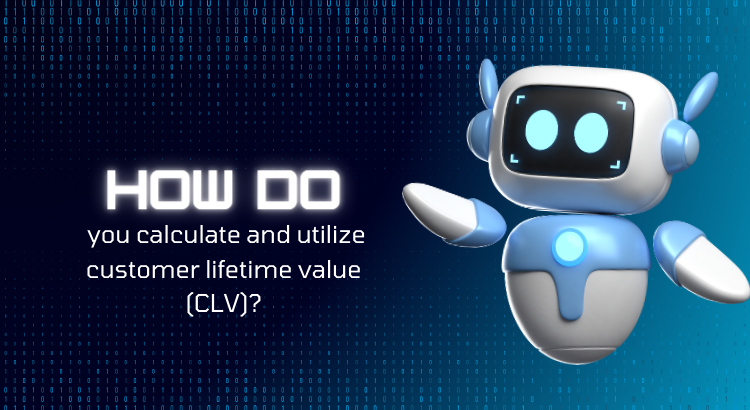Customer lifetime value (CLV) is a financial metric that measures the total value of a customer to a business over the entire period of their relationship. It is a crucial concept for businesses as it helps in understanding the long-term value of customers, predicting their future behavior, and making informed decisions to improve customer retention and profitability. In this article, we will delve deeper into the importance of CLV, how to calculate it, and how to utilize it to drive business growth.
The Importance of Customer Lifetime Value
In today's competitive business landscape, acquiring and retaining customers has become a top priority for businesses. However, it is not enough to just acquire customers; businesses need to focus on building long-term relationships with them. This is where CLV comes into play. Calculating and utilizing CLV helps businesses understand which customers are most valuable and how much they are willing to spend over their lifetime.
Knowing the CLV of customers also helps in identifying profitable segments of customers, defining marketing strategies, and setting appropriate pricing for products or services. It also provides insights into the effectiveness of customer acquisition and retention efforts, aiding in better decision-making for future investments.
Calculating Customer Lifetime Value
The first step in calculating CLV is to determine the time period for which the analysis will be done. It can range from a few months to several years, depending on the industry and business model. Once the time period is established, the following formula can be used to calculate CLV:
CLV = (Average Value of a Sale) x (Number of Repeat Transactions) x (Average Retention Time)
For example, if the average sale value is $100, and a customer makes three repeat transactions per year with an average retention time of five years, the CLV would be $1,500. This means that each customer is worth $1,500 to the business over their lifetime.
It is important to note that this is a simplified formula, and businesses may need to factor in additional variables such as customer acquisition costs, marketing expenses, and discounts or promotions. However, this formula provides a good starting point for understanding the potential value of a customer to a business.
Utilizing Customer Lifetime Value
Once the CLV is calculated, businesses can utilize this metric in various ways to drive growth and profitability. Here are a few ways in which CLV can be utilized:
1. Identifying High-Value Customers: CLV helps in identifying which customers are most profitable to the business and which segments of customers should be targeted for future growth.
2. Improving Customer Retention: By understanding the CLV of different customers, businesses can focus on retaining their most valuable customers and providing them with a better experience.
3. Tailoring Marketing Strategies: CLV can help businesses in defining marketing strategies for different customer segments based on their value. For high-value customers, businesses can use personalized marketing tactics, while for low-value customers, cost-effective strategies can be used.
4. Setting Pricing Strategies: CLV enables businesses to set appropriate pricing for their products or services based on the value they provide to their customers. This can help in maximizing profits while remaining competitive.
5. Forecasting Future Revenue: By understanding the CLV of customers, businesses can make more accurate predictions about their future revenue and plan accordingly.
In conclusion, customer lifetime value is a crucial metric that businesses should not overlook. It helps in understanding the long-term value of customers, identifying profitable segments, and making informed decisions to drive business growth and profitability. By calculating and utilizing CLV, businesses can build stronger relationships with their customers and ensure long-term success.























Write your comment
Cancel Reply